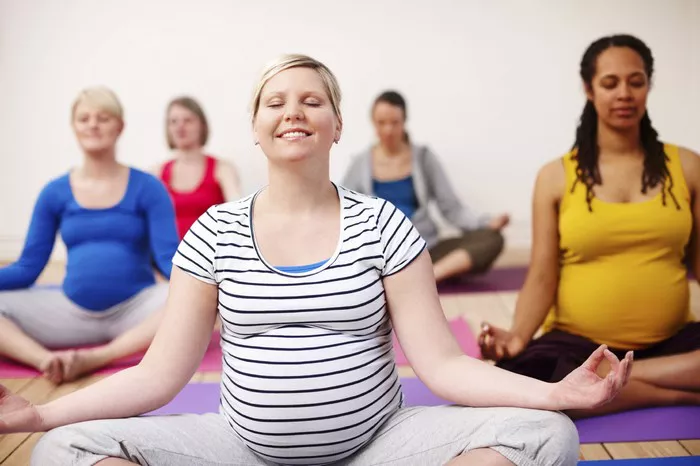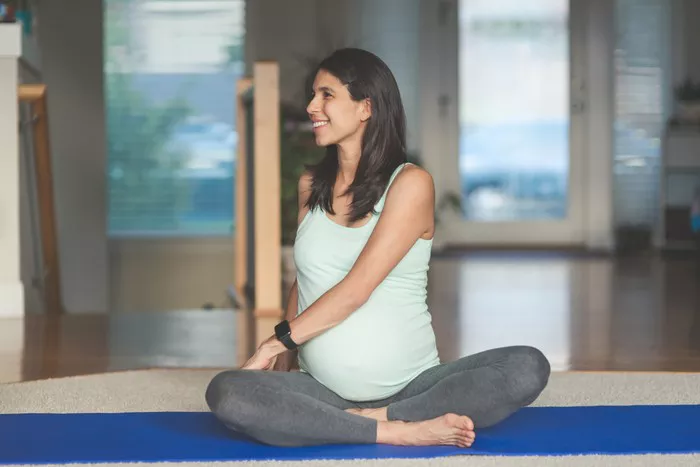Yoga is a vast and diverse discipline with numerous styles, each offering unique benefits and techniques. Among these, Iyengar Yoga stands out due to its meticulous attention to alignment, use of props, and therapeutic applications. Founded by B.K.S. Iyengar, this style is highly structured, making it suitable for beginners and advanced practitioners alike. But what exactly makes Iyengar Yoga different from other forms of yoga? Let’s explore its distinguishing characteristics, benefits, and why it continues to be one of the most respected and transformative yoga practices worldwide.
1. The Precision of Alignment
One of the defining features of Iyengar Yoga is its emphasis on precise alignment. In many other styles, students move fluidly from one posture to another, often focusing more on breath and movement rather than on the structural details of each pose. Iyengar Yoga, however, breaks down each pose to ensure proper skeletal and muscular alignment.
This focus on precision has several advantages:
- It reduces the risk of injury by ensuring correct body positioning.
- It maximizes the benefits of each asana by engaging the correct muscles and joints.
- It enhances body awareness, helping students develop better posture and balance.
In an Iyengar class, instructors provide detailed instructions, often refining a single posture over several minutes. This methodical approach allows students to deeply understand their bodies and improve their practice gradually.
2. The Use of Props
Iyengar Yoga is well-known for introducing yoga props to assist practitioners in achieving proper alignment. These props include:
- Blocks – Provide support in standing poses, especially for beginners.
- Straps – Help deepen stretches and maintain alignment.
- Bolsters – Offer comfort and support in restorative postures.
- Chairs, walls, and ropes – Assist in balance and inversion poses.
Props are used not as a crutch, but as tools to make yoga accessible to all practitioners, regardless of flexibility, strength, or physical limitations. Unlike other styles where students might struggle to get into a pose, Iyengar Yoga ensures that everyone can experience the full benefits of an asana with proper support.
3. Holding Poses Longer
Iyengar Yoga differs from vinyasa-based styles, where students flow quickly from one posture to another. Instead, Iyengar practitioners hold poses for extended periods, sometimes for several minutes.
Why is this important?
- Builds strength and endurance by engaging muscles for a longer duration.
- Deepens flexibility by allowing the body to fully stretch and open.
- Enhances mental focus by requiring sustained concentration.
- Encourages meditation in motion, as students become fully present in each posture.
Holding poses longer also allows teachers to make adjustments and ensure that students are practicing safely and effectively.
4. Therapeutic Applications
B.K.S. Iyengar developed this yoga style not just for general fitness but also as a healing practice. Many people turn to Iyengar Yoga for its therapeutic benefits, which include:
- Relief from chronic pain (such as back pain, arthritis, and joint issues).
- Improved posture, helping those with spinal misalignments.
- Rehabilitation after injuries by providing a safe and supportive environment for healing.
- Reduction in stress and anxiety, as the practice encourages mindfulness and relaxation.
Iyengar Yoga is often recommended for individuals recovering from illnesses or surgeries because of its gentle and adaptable nature.
5. The Role of the Teacher
Iyengar Yoga instructors undergo rigorous training and certification before they can teach. The training process takes years and includes:
- Deep study of anatomy and physiology, ensuring a strong foundation in the human body.
- Extensive practice and mentorship, requiring candidates to refine their own skills before teaching others.
- Strict assessment procedures, ensuring that only the most knowledgeable and skilled teachers are certified.
Unlike many other yoga styles, where teachers may receive certification in a few months, Iyengar Yoga instructors go through one of the most demanding and comprehensive training programs in the yoga world.
6. Adaptability for All Ages and Levels
Iyengar Yoga is suitable for all practitioners, from beginners to advanced students, from young adults to seniors. The use of props and detailed instructions ensures that everyone can practice safely, regardless of flexibility, strength, or experience.
- Beginners benefit from the structured approach and the use of props to ease into postures.
- Advanced practitioners deepen their practice through precision and alignment techniques.
- Older adults find it accessible due to the focus on slow, mindful movements.
- Athletes and dancers use it to improve flexibility, strength, and injury prevention.
Because of its adaptability, Iyengar Yoga is often incorporated into rehabilitation programs, corporate wellness initiatives, and stress management workshops.
7. The Philosophical Foundation
While many modern yoga styles focus primarily on physical fitness, Iyengar Yoga remains deeply connected to the philosophical and spiritual roots of yoga. It follows the eight limbs of yoga, as described in Patanjali’s Yoga Sutras, with a strong emphasis on:
- Asana (Postures): Practicing with awareness and precision.
- Pranayama (Breath Control): Breath regulation is integrated into the practice.
- Dharana (Concentration) & Dhyana (Meditation): Holding poses fosters deep focus and mindfulness.
This holistic approach helps students not only improve their physical health but also develop mental clarity, emotional balance, and inner peace.
Conclusion
Iyengar Yoga is unique and transformative because it combines precision, alignment, and accessibility with deep philosophical roots.
Iyengar Yoga offers a path of growth, healing, and self-discovery. It is not just about performing poses—it is about understanding and experiencing the full depth of yoga in a way that enhances both body and mind.
If you’re looking for a yoga practice that is safe, intelligent, and deeply rewarding, Iyengar Yoga might be the perfect choice for you!
Related Topics:
















